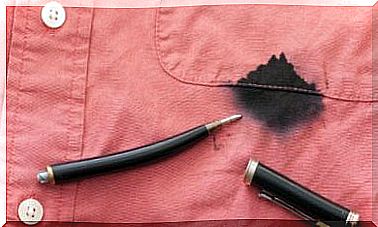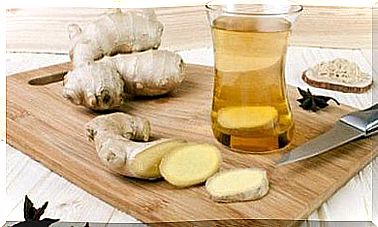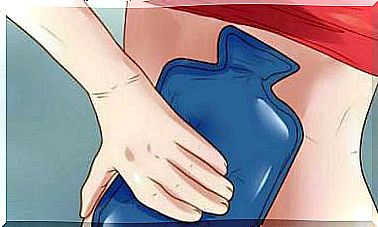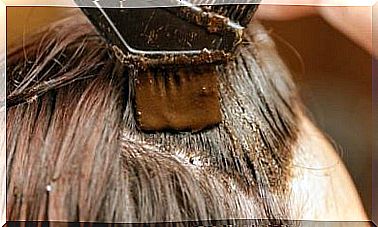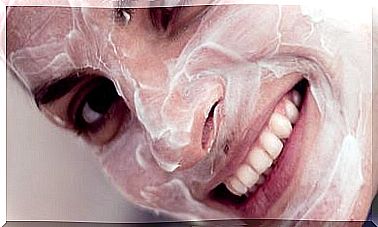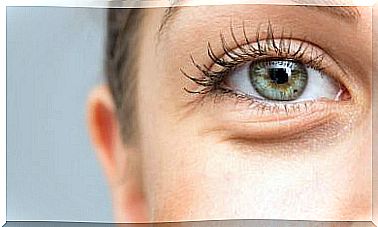Do You Know What Capsulitis Is?
A capsulitis is an inflammation localized in the

A capsulitis is an inflammation localized in the articular “capsule”, that is to say in all the fibrous tissues which surround any mobile joint: fingers, shoulders, hip…
This condition is very common, for example in athletes.
It is common for those who play basketball, handball or volleyball to suffer from such inflammation. The pain is so intense in one or more fingers that it is necessary to immobilize it with a bandage.
However, beyond the sports sphere, it is common to suffer from capsulitis in the shoulders and hips when we reach a certain age.
Women between the ages of 50 and 60 are undoubtedly the most common segment of the population that suffers from this type of joint problem. In many cases, their lives are limited because of the pain they continuously experience.
Here is more information on this topic:
What is the origin of capsulitis?
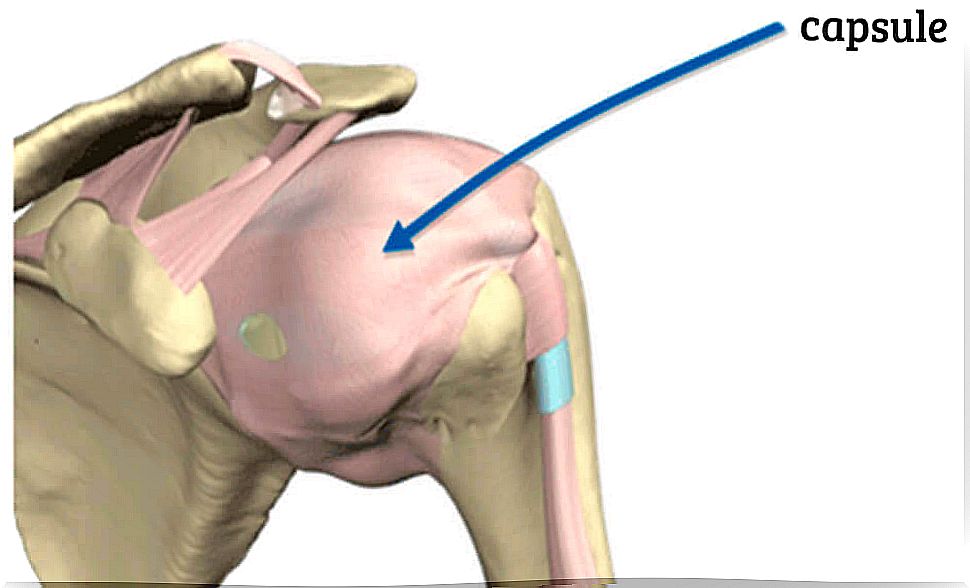
To better understand what capsulitis is, you first need to know the joint capsule.
- The joint capsule is a membrane that surrounds all of our joints for a specific purpose: to prevent bone segments from moving.
- These joint capsules are placed close to the cartilage and ligaments, thus facilitating joint protection and the harmony of the movement itself.
When we suffer from capsulitis, there is no rupture, that is, the tissues are not displaced and there is no fracture in the bone or the joint itself. even.
We could therefore say that it is not serious except that it is of course accompanied by permanent pain.
But there is not a single symptom that determines the appearance of capsulitis. Moreover, sometimes the causes are even unknown.
Now let’s see what are the most common known causes:
- A traumatic blow
- Rheumatic diseases
- Diabetes
- Thyroid problems
- It is common in women aged 50 to 60 who have already reached menopause
Symptoms of capsulitis
The pain is localized in a specific joint, almost always starting with stiffness.
Almost without knowing how, we have difficulty performing movements that we used to do naturally, such as combing our hair, washing our backs, tying our clothes, lifting weights …
- Pain increases and can last for weeks, months and years depending on the cause
- Numbness and inflammation may occur in the affected area
- Recovery is slow
“Frozen shoulder”, a very common type of joint capsulitis
As we just noted, capsulitis is generally more common in women over the age of fifty who have already gone through menopause.
So, one of the most common ailments that usually occurs in this stage of life is, without a doubt, joint pain. At this age, “frozen shoulder” is a more than frequent disorder.
Let’s see some facts:
- Frozen shoulder capsulitis or adhesive capsulitis is an inflammation that is found throughout the connective tissue that lines the shoulder joint.
- This is a condition that can be chronic in many cases.
- It appears as a consequence of the loss of elasticity of the tissue.
- The capsule covering the joint hardens, there is less synovial fluid, and the joint structure rubs, touches, and the resulting inflammation appears.
Symptoms of frozen shoulder
Frozen shoulder pain usually starts overnight. Patients with this problem find it difficult to sleep on their side.
- Later, this nocturnal nuisance begins to manifest itself in daily tasks: combing your hair, putting on the car seat belt …
- Gradually, the pain intensifies and increases with changes in temperature, stress, vibrations, changes of season …
- Pain does not usually go away with pain relievers. In fact, frozen shoulder can be a chronic condition or go away on its own after two years.
Treatment of frozen shoulder
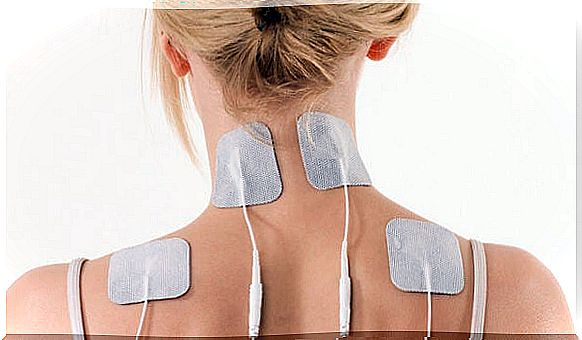
The treatment of frozen shoulder or adhesive capsulitis is multidisciplinary. That is, it must be approached with various and multiple strategies to improve the quality of movement, reduce pain and treat this inflammation of the capsular tissues.
Here are some of the strategies:
- Cold and hot treatment to reduce inflammation.
- TENS (Transcutaneous Nerve Stimulation). It is a very useful type of therapy in these specific cases. Neurostimulation is applied through the skin using small electrodes and is very effective.
- Another way to treat this type of capsulitis is to immobilize the shoulder itself. This is something that a good physiotherapist takes care of.
- Performing specific daily stretches is also very effective.
- We cannot leave aside the treatment of physiotherapists with specific massages for this condition.
In contrast, cryotherapy is a type of treatment that uses cold weather to promote the recovery of those inflamed tissues around the shoulder joint.
In any case, the most encouraging thing is that new techniques and different types of innovative therapies are being tested. Research is continuing to find those which will be the most effective and not to remain solely on the pharmacological approach.
However, some people experience significant improvements with techniques like acupuncture. Others with swimming, yoga, or transcutaneous nerve stimulation.
So let’s not hesitate to consult good professionals to reduce the impact of pain associated with capsulitis.

